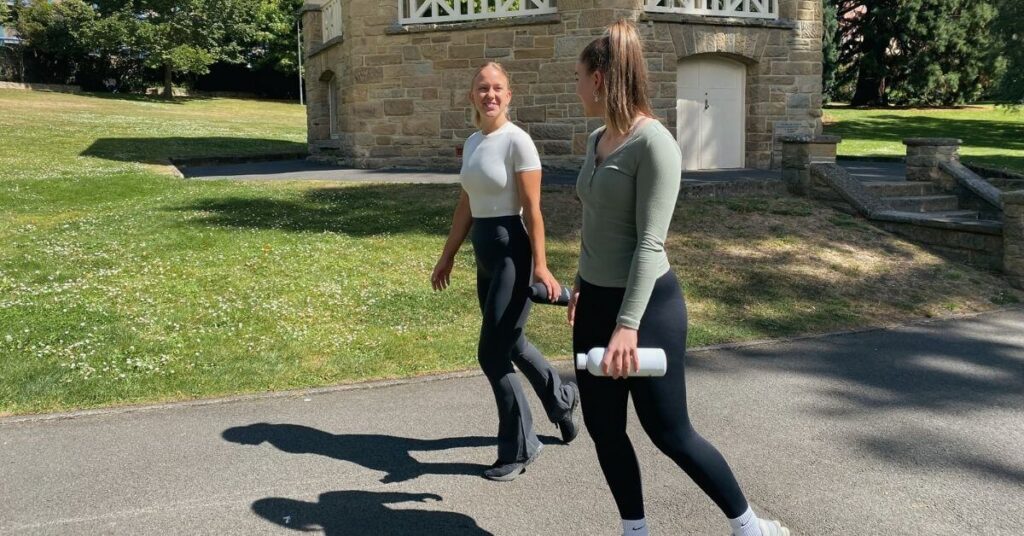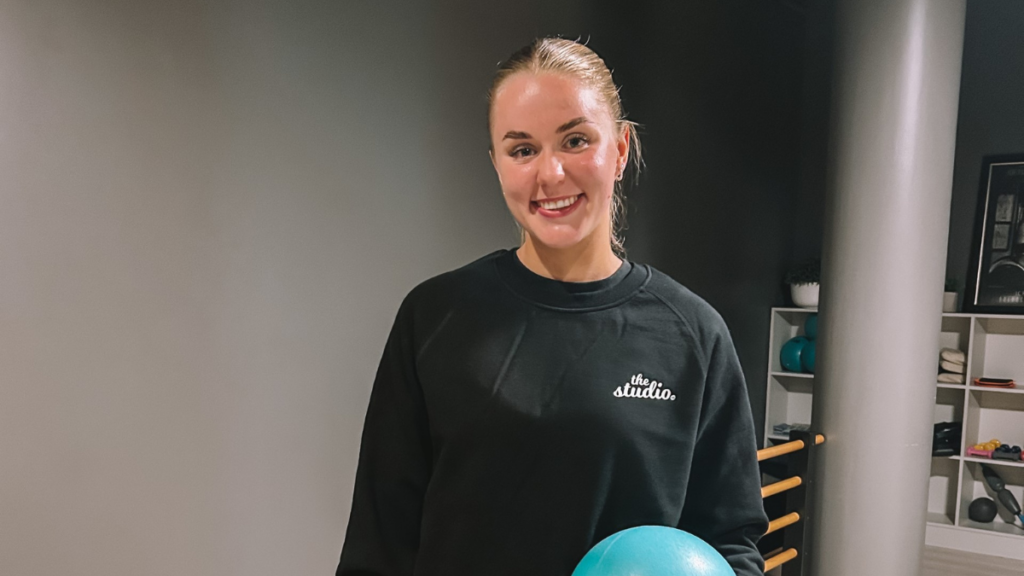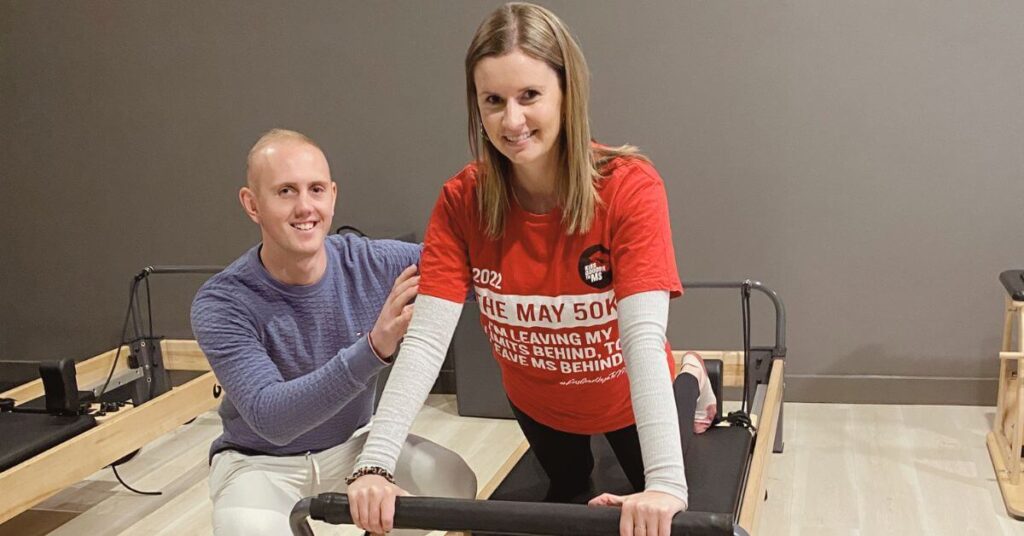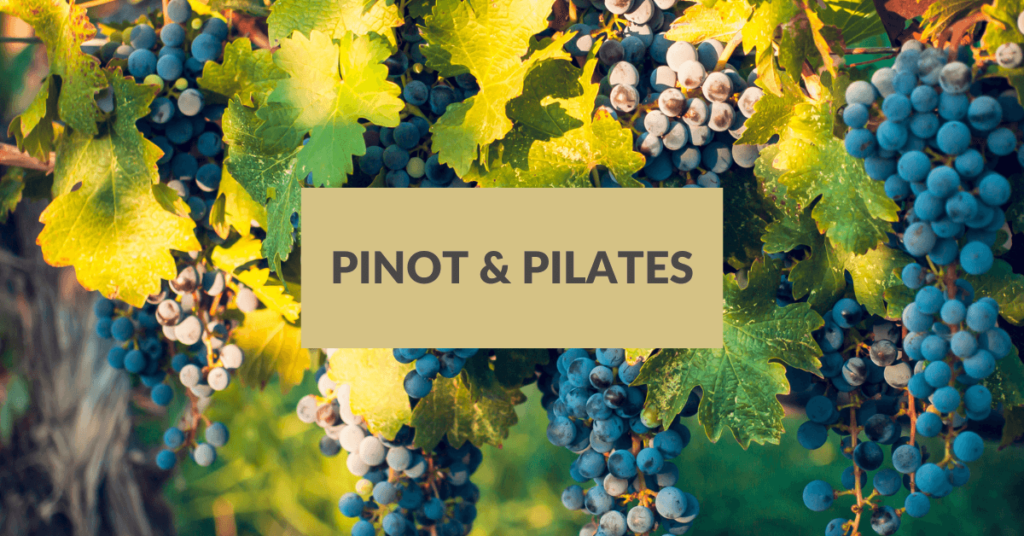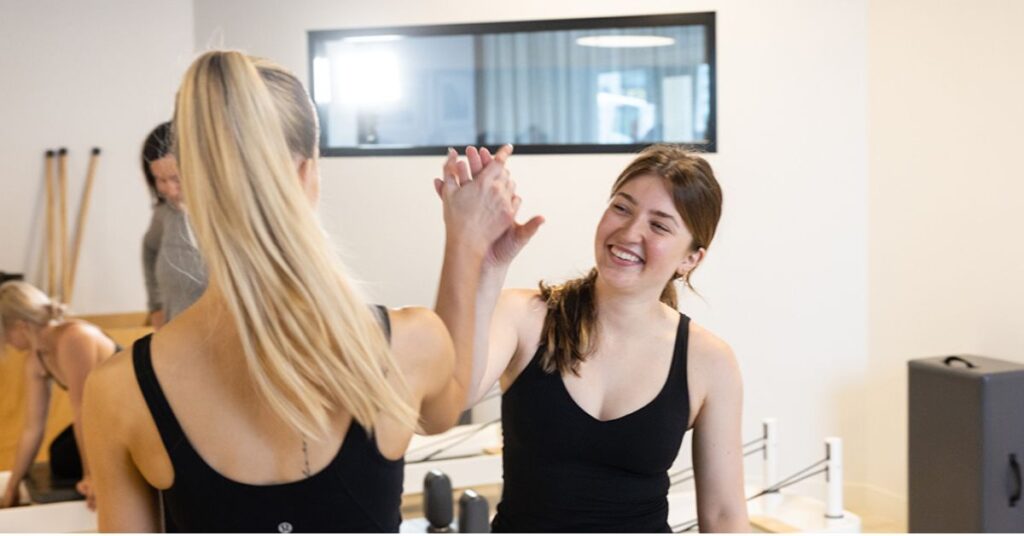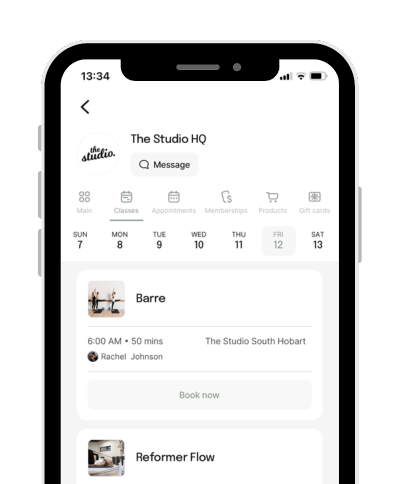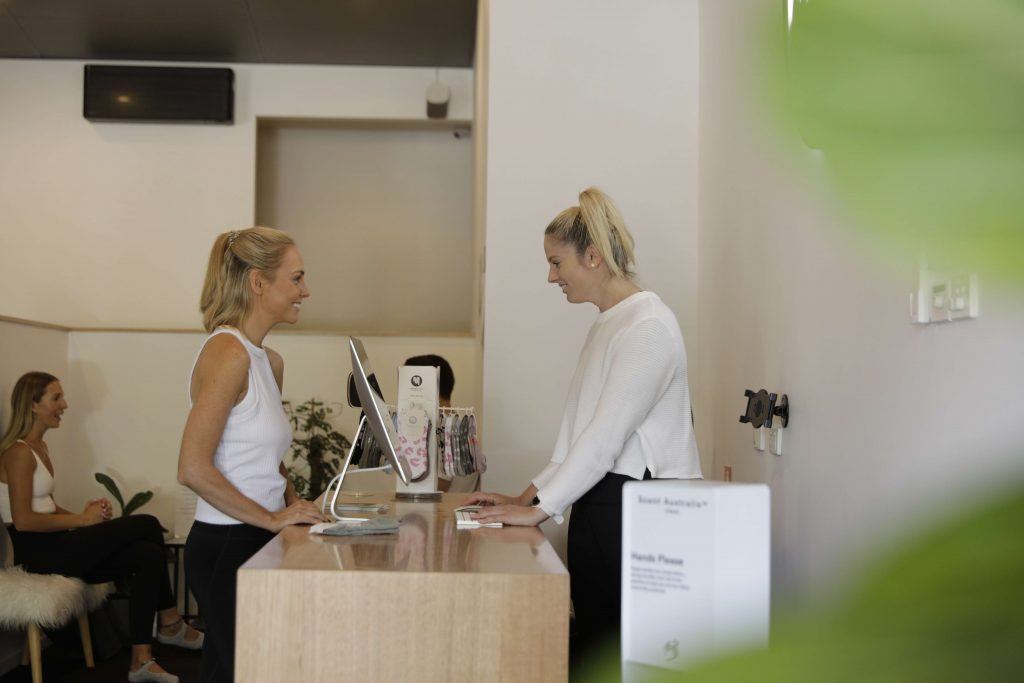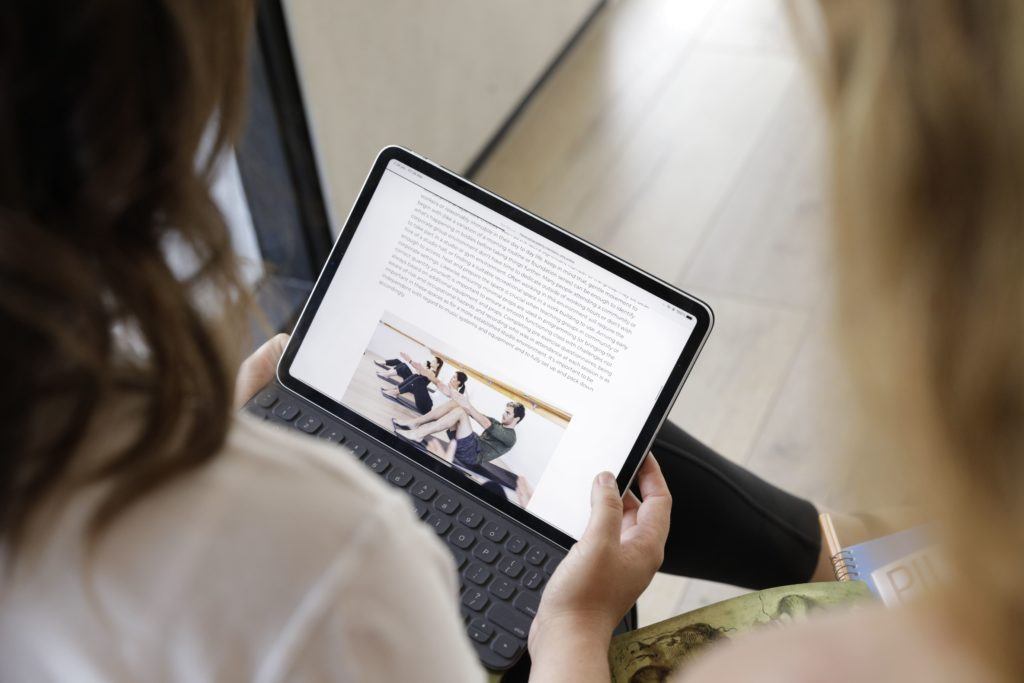by Anna-Kaisa Jumppanen-Allen, Exercise Scientist
We all know exercise is good for our health and wellbeing, but how much exercise do we really need to improve our health and support better ageing? Is there a difference between physical activity and exercise? These are some questions I will answer for you today.
So, is there a difference between physical activity and exercise? Short answer, yes. Physical activity refers to movement without structure. Exercise on the other hand is movement which is planned, repetitive, and has both structure and purpose.
Now, what are the recommendations? The Australian Government recommends adults should:
- Be active on most days, preferably all.
- Complete 2.5 – 5 hours of moderate intensity activity per week.
- Complete 1.25 – 2.5 hours of vigorous intensity activity per week.
- AND include muscle strengthening activities at least two days per week.
So now you know what the current recommendations are, and what the difference between physical activity and exercise is, how is this information relevant to you? First, I think it is important to discuss the difference between moderate and vigorous intensity activity. Let’s say you have planned to go on a short walk with a friend. The walk you have chosen is flat, so you and your friend are able to hold a conversation the entire time without becoming noticeably breathless. This is an example of a moderate intensity activity. Vigorous intensity activities are those you could not hold a continuous conversation. These activities also don’t tend to last as long (usually 30-minutes or less) because they are too intense to continue for long periods. Now, the reason I haven’t included many examples is because intensity is subjective. Just because the person next to you is finding an activity easy, does not mean it is ‘easy’.
To summarise:
- All movement is beneficial for your health and wellbeing, but utilising a mix of aerobic, strength and balance exercise in your routine is best for healthy ageing.
- Activity doesn’t have to be structured exercise. Replacing sitting time with physical activity of any type will increase your energy output.
- Use activities you enjoy to achieve current activity recommendations (which work out to be approx. 30-minutes per day).
Finally, don’t get too caught up in the numbers. Unless you are doing less than the recommendations, the numbers are not so important. Focus on moving more – even if that is simply standing up from your desk every 30-minutes, parking your car further away from work, or doing the grocery shopping in store to get some extra steps in.
Ready to unlock the full potential of your fitness journey with personalised guidance from our Exercise Scientist, Anna-Kaisa?
Book a consultation today to discover how exercise science can elevate your wellness goals and optimize your performance. Whether you’re looking to improve strength, boost endurance, or enhance overall well-being, Anna-Kaisa is here to support you every step of the way. Take the first step towards a healthier and happier you—contact us to schedule your consultation now!

